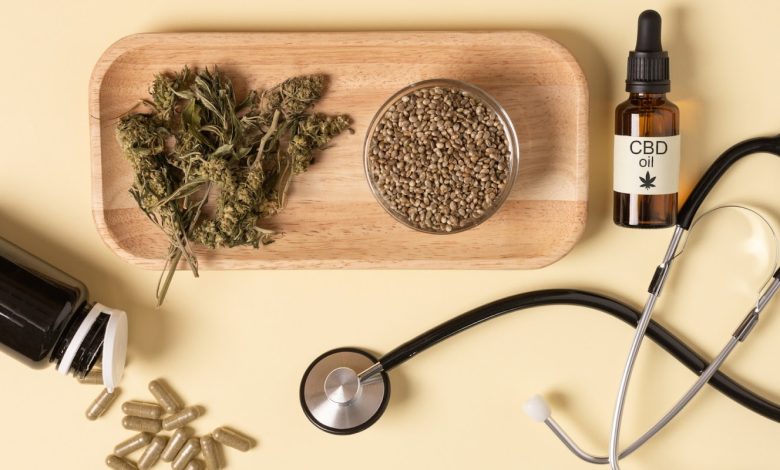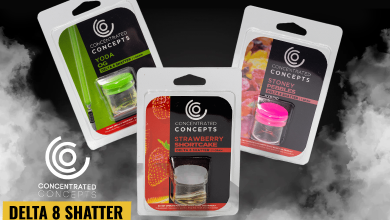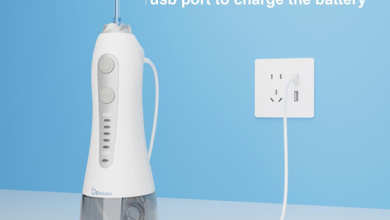Medical Cannabis vs Recreational Cannabis: Is It Time To Drop The Labels?

The cannabis plant has received its fair share of bad press over the past decade, so how did it become such a big name in wellness? Despite the portrayal of cannabis users as “stoners” who lack motivation, millions have been using it for its therapeutic benefits for decades. These so-called recreational users have long believed in the plant’s medical possibilities and argue that cannabis comes with fewer side effects than other OTC medications.
While studies have been slow to back up these claims due to the herb’s illegal status, the tide is slowly turning, which has led to medicinal marijuana legalisation in some countries and states.
So, how does one determine whether cannabis use is ‘recreational’ or ‘medicinal’? And are different strains of cannabis classed differently? In this small article, we look at the potential differences and where the lines blur regarding medical and recreational cannabis.
What is Considered ‘Recreational’ Cannabis Use?
Put simply, recreational cannabis is used for fun or to get ‘high’ or ‘stoned’ rather than for its therapeutic benefits. It’s also common for people to self-medicate with recreational marijuana, especially for conditions like pain, stress and insomnia, although it is advised to seek medical guidance for any health concerns.
Since only a handful of states and countries globally have legalised marijuana for recreational use, it is often considered illegal. In states where recreational use is legal, licensed stores can sell cannabis to adults over a certain age.
Cannabis advocates report many benefits to legalising recreational cannabis, such as improved traceability and verifying cannabinoid content. States in the US where recreational cannabis has been legalised have seen benefits like a boosted economy and decreased incarcerations for nonviolent drug crimes.
There is no significant chemical difference between medical and recreational marijuana. Instead, the terms better entail how cannabis is regulated.
What Is Considered ‘Medical’ Cannabis Use?
You may have already connected the dots, but medical marijuana is used for its therapeutic benefits and can be sold to individuals with a medical prescription from their healthcare provider. Medical marijuana can be prescribed for specific medical ailments, like epilepsy, multiple sclerosis (MS), chronic pain and nausea, depending on the country or state.
In the UK, for instance, medicinal use has been legalised for just a handful of conditions such as rare forms of epilepsy, nausea caused by chemotherapy and muscle spasms resulting from multiple sclerosis (MS). Even then, a cannabis prescription UK is only prescribed as a last resort after exploring other treatment options. Fortunately, many organisations in the UK are fighting to make medical marijuana accessible to the mainstream.
Is It Time to Drop The Labels?
Cannabinoids are the bioactive compounds that give the cannabis plant its impressive list of benefits. There are over one hundred different cannabinoids that have so far been discovered in cannabis, and they occur in different strains in varying amounts. The most well-known cannabinoids include THC, CBD, CBA and CBG.
THC-rich strains are often the preferred choice for recreational use due to the intoxicating effects. However, THC has also been found to be one of the most effective cannabinoids for pain relief. This is one example of how difficult it is to differentiate different strains of cannabis for medicinal use over recreational use.
Generally, there’s no significant chemical difference between cannabis used for recreational and medicinal use, so why the label?
The line gets even blurrier when we consider the intention behind using recreational vs medicinal cannabis.
It’s common for recreational users to take cannabis to help them with mild symptoms like occasional sleeplessness, stress, and anxiety without directly acknowledging a medical need. Both medicinal and recreational users would likely agree that they use cannabis to feel better. So, can we say that the absence of a medical prescription negates the therapeutic value someone gains from cannabis?
There is also the issue of the often sky-high costs associated with buying medicinal marijuana. That means poorer people with a ‘legitimate’ need for cannabis could be forced to obtain theirs illegally and counted as recreational users due to financial barriers.
Time For Change
In its simplest form: medicinal drugs are intended to heal or ease symptoms. Recreational drugs are used for fun and induce numbing or euphoric effects. Many recreational drugs are illegal due to potential fatalities and hazardous behaviours, but can we apply this rationale to the medical vs recreational cannabis debate?
The short answer is no. In fact, cannabis has fewer negative side effects and risks than many legal medicines found in pharmacies today.
Many people have been using cannabis for years to successfully manage symptoms, often as an alternative to prescribed drugs like sleeping pills that can come with severe adverse side effects. Like all substances, cannabis can be misused. Still, the stereotypes and misconceptions around so-called recreational users could result in vilifying innocent people that are simply looking for relief. It can also mean that those who could benefit from the therapeutic effects of cannabis miss out.
Due to costs and access to healthcare, medical cannabis could perpetuate the class and race issue that has shrouded cannabis for decades.
No doubt, this has become a divisive issue, with many users being labelled criminals if they don’t have the correct paperwork. The terms recreational and medical fail to take in the nuances around cannabis use. It’s clear that a lot more research is needed on this issue. But for now, let’s ditch the labels and focus on the good that can come from legalising cannabis in its many forms.










